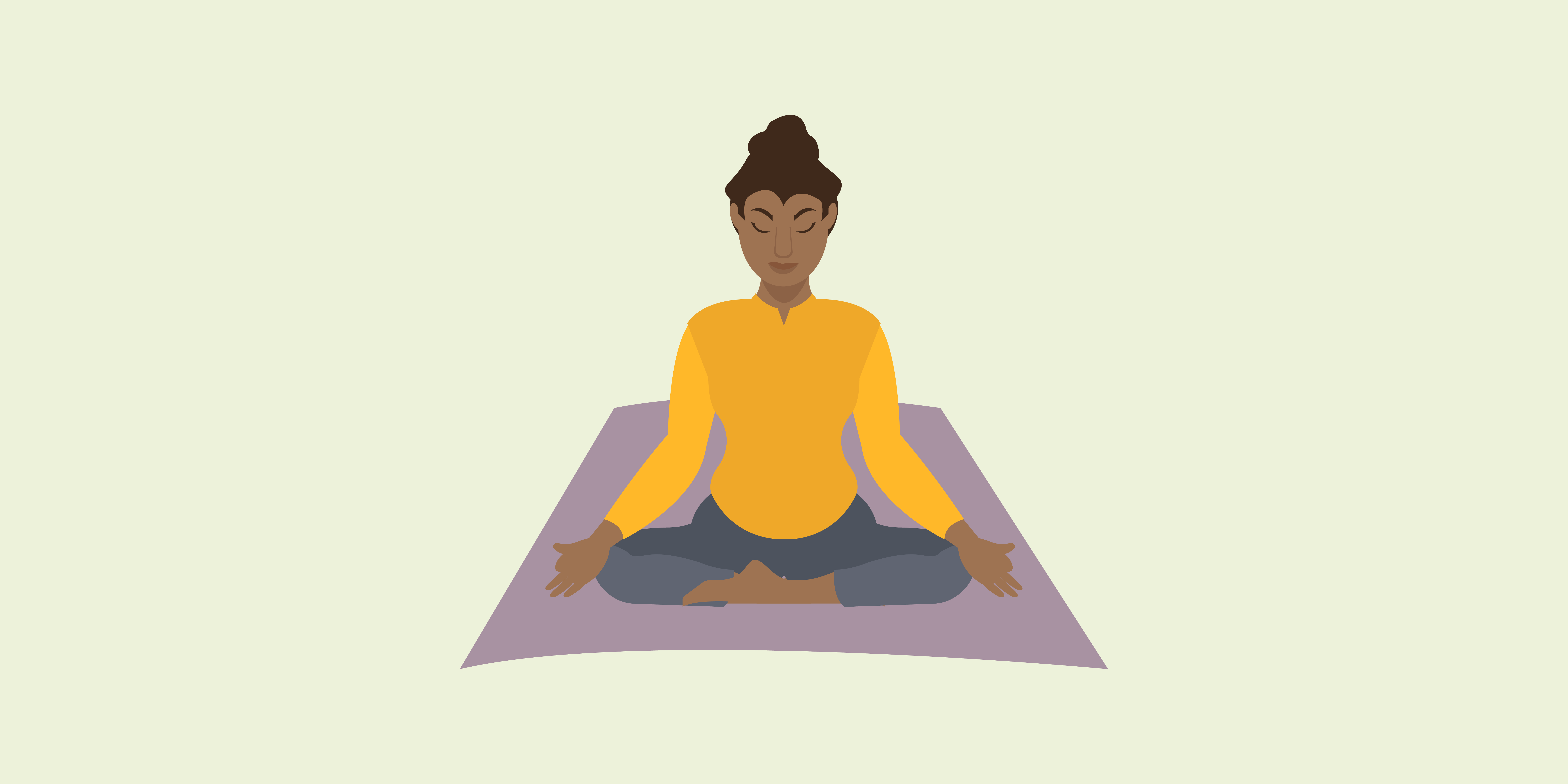A home equity line of credit, or HELOC, is a loan that lets you borrow against the equity in your home. It’s typically offered as part of your mortgage by a financial institution, but it can also be a stand-alone loan.
Unlike a conventional home equity loan, a HELOC doesn’t give borrowers the full amount upfront. Instead, HELOCs are open lines of credit the borrowers can use up until a set amount based on their home equity. If the HELOC is tied to your mortgage, the amount of credit available will go up as you pay down the principal on your mortgage.
A stand-alone HELOC, however, gives you a set amount. You can apply for one with any lender, not just your mortgage lender.
HELOCs have to be repaid with interest, and include minimum monthly interest payments, but you only pay interest on the amount you borrow. While you can make lump sum payments at any time, the total amount borrowed (plus interest) has to be paid off when the set loan period ends.
When is a HELOC useful?
HELOCs can be great for accessing cash if you need it, because these loans let you tap into your equity without having to ask for more credit or wait for approval.
They’re often used only for specific purchases, such as a car or a home renovation project, not for every day expenses.
They can also help you consolidate debt and reduce the interest you’re paying if you have outstanding credit card debt (which comes with a much higher interest rate) or other loans, or if you simply want to have the option to access more funds. And since your home guarantees the HELOC, the interest rates on these loans tend to be set at prime with a small mark-up – all of which is much lower than other types of debt.
Those with a stand-alone HELOC can use it instead of a traditional mortgage to buy a home. That often means you have to make a bigger down payment, but it’s an option that provides more flexibility because there’s no set payment schedule.
What to watch out for
The danger with HELOCs is that the availability of cheap credit can make you feel like you have money to spend that you really don’t. When you’re using a home equity line of credit you’re borrowing against your house, not using actual money you saved, so you can end up in constant debt. If you keep borrowing you’re also going to take a lot longer to pay down your mortgage.
Like with any loan, there’s also always the risk that interest rate changes will increase your monthly payments or that lenders roll them back in some way (either demand full payment or reduce your credit limit) since banks and other lenders can change the terms of their loans at any time.
The failure to use HELOCs judiciously was one of the reasons behind the 2008 subprime mortgage crisis in the United States, so whatever approach you take, you need to use a HELOC carefully to avoid being overdrawn and risk losing the collateral used to secure the loan: your house.





